DASON
KWOK
https://vas3356.hotglue.me/
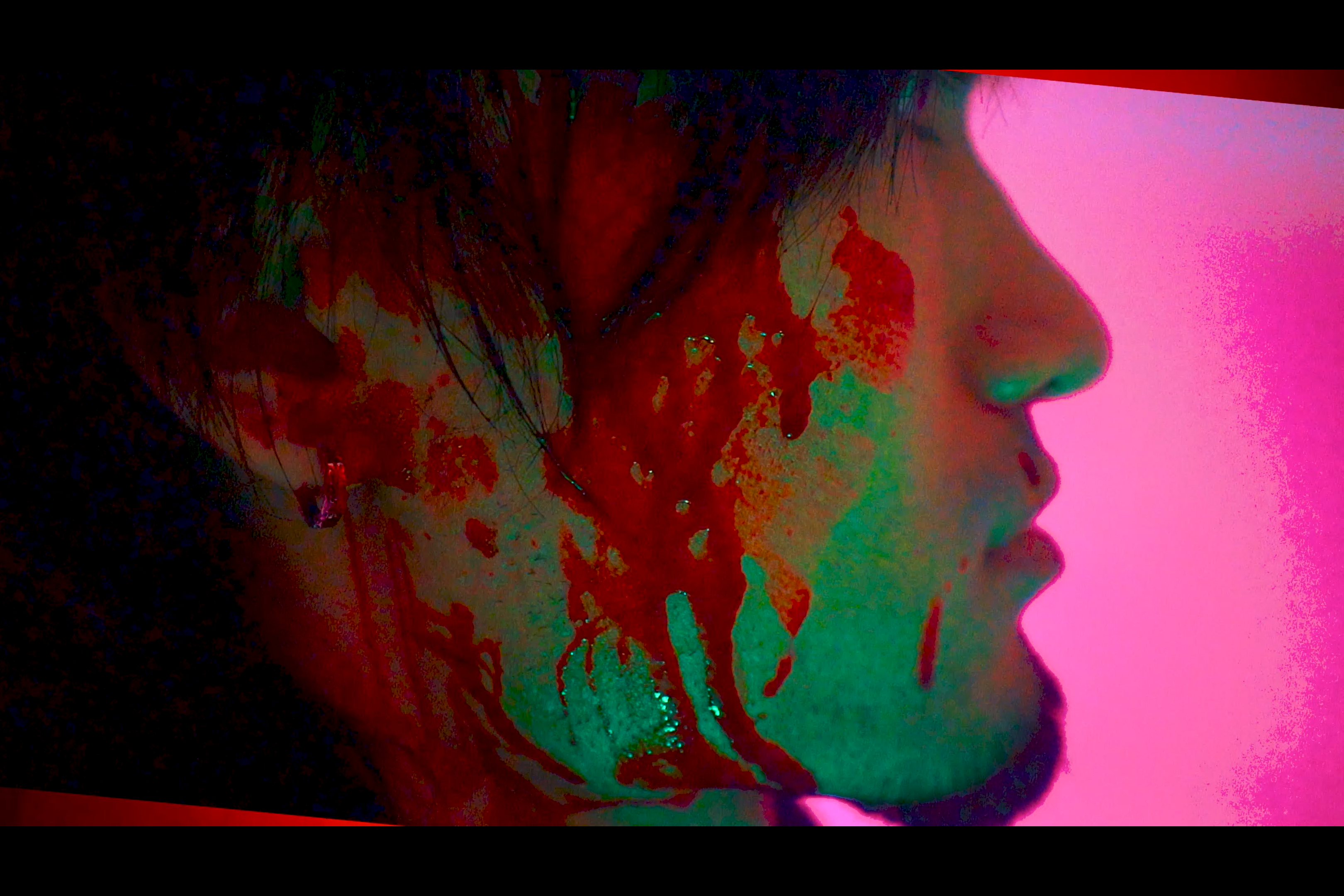
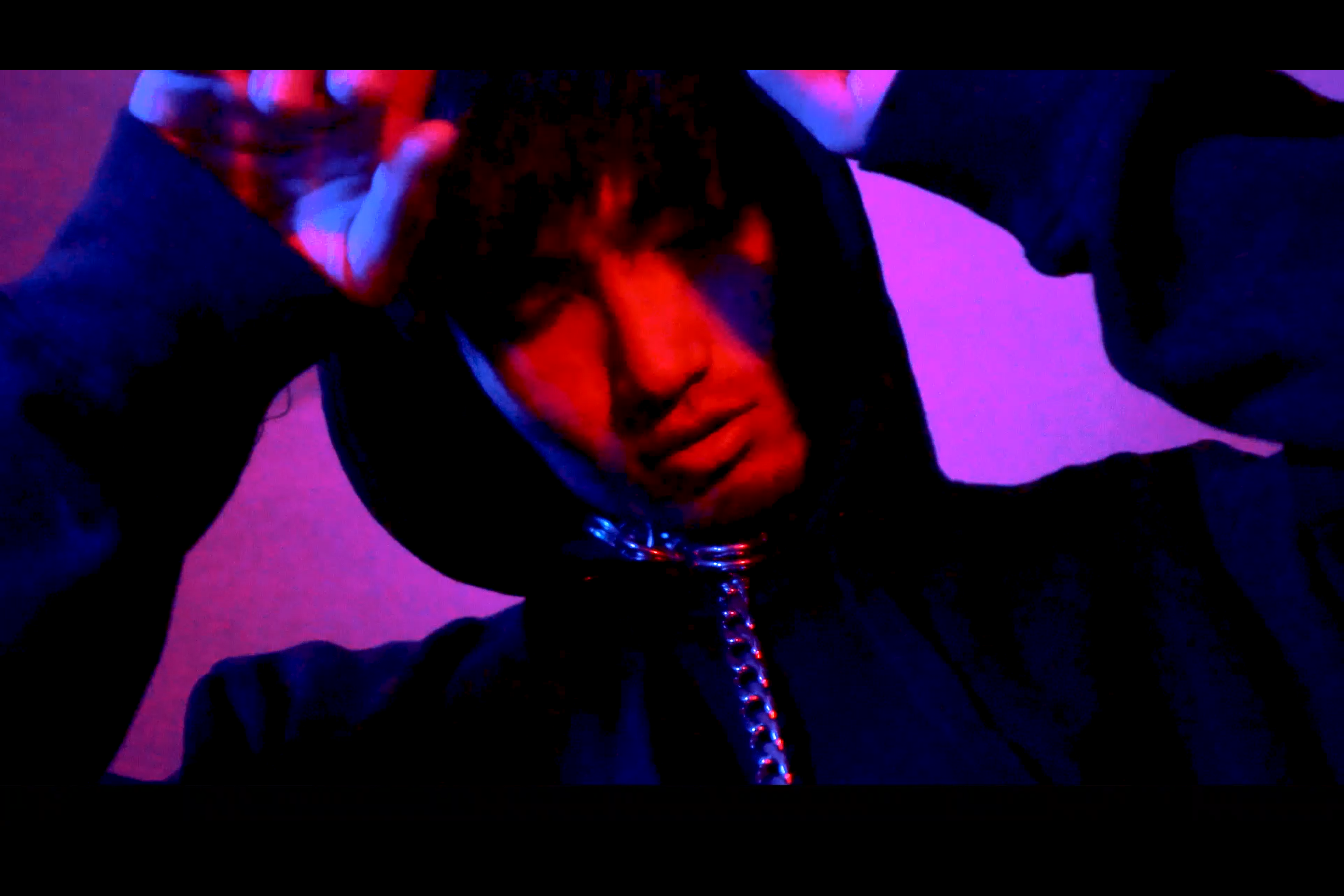
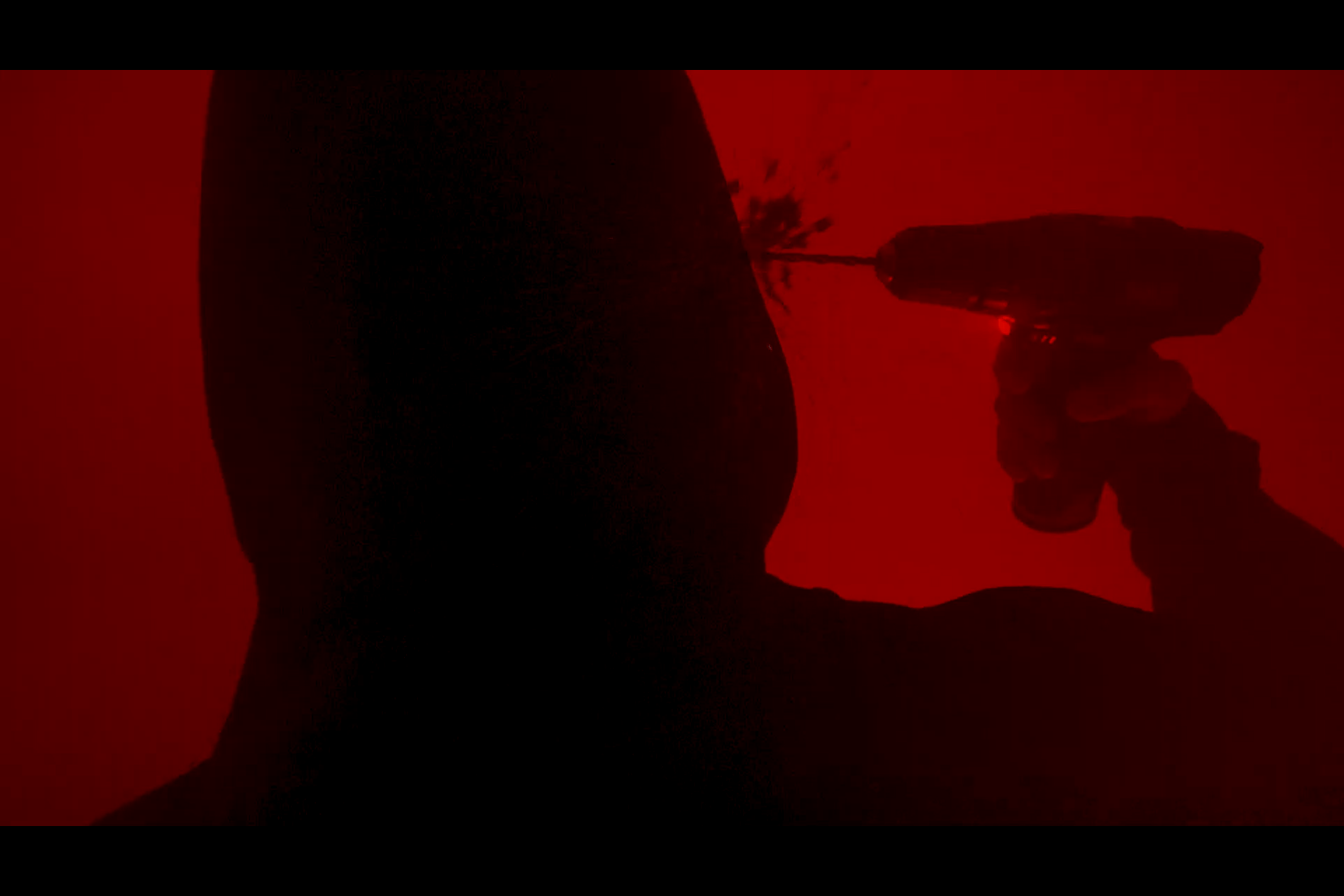
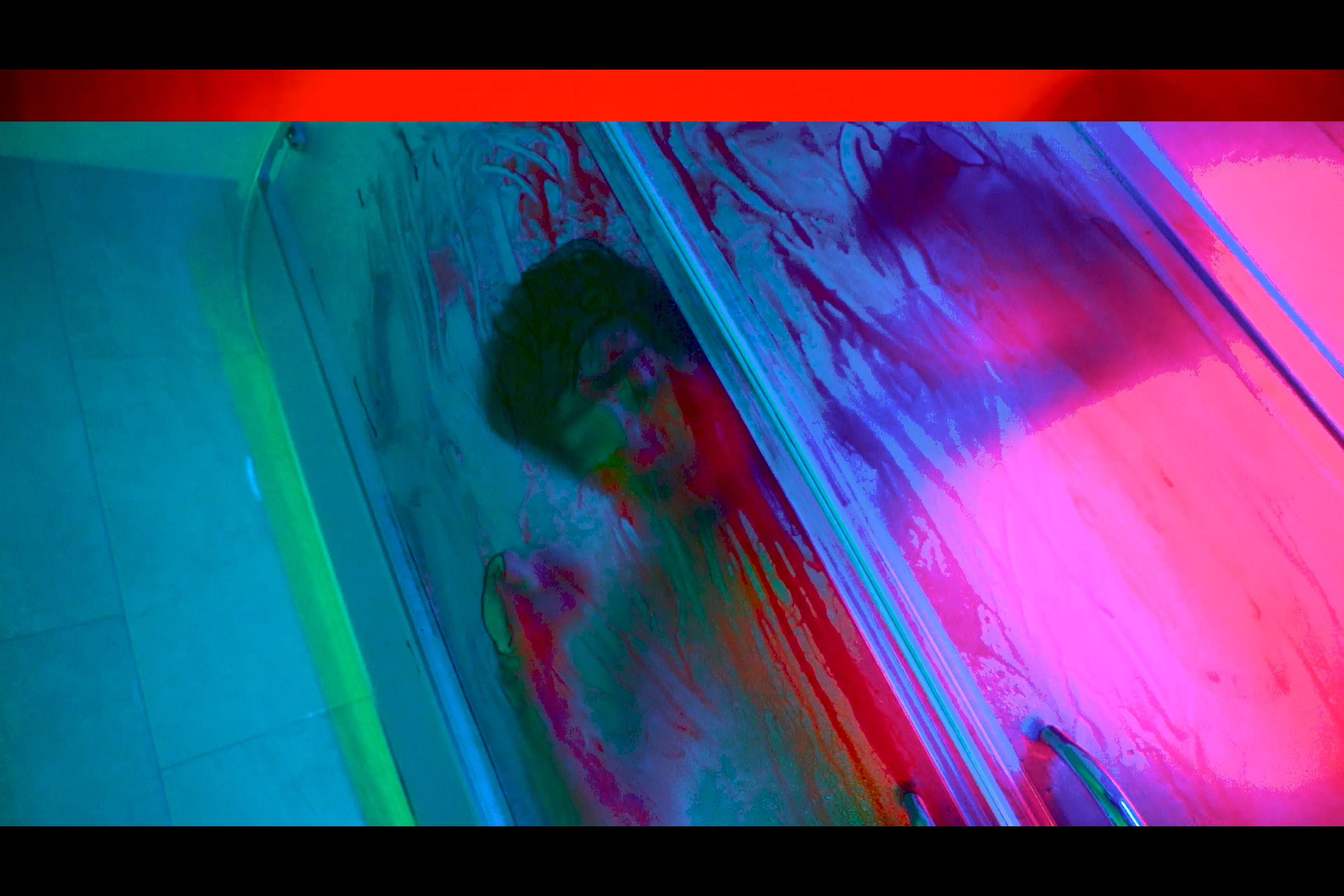
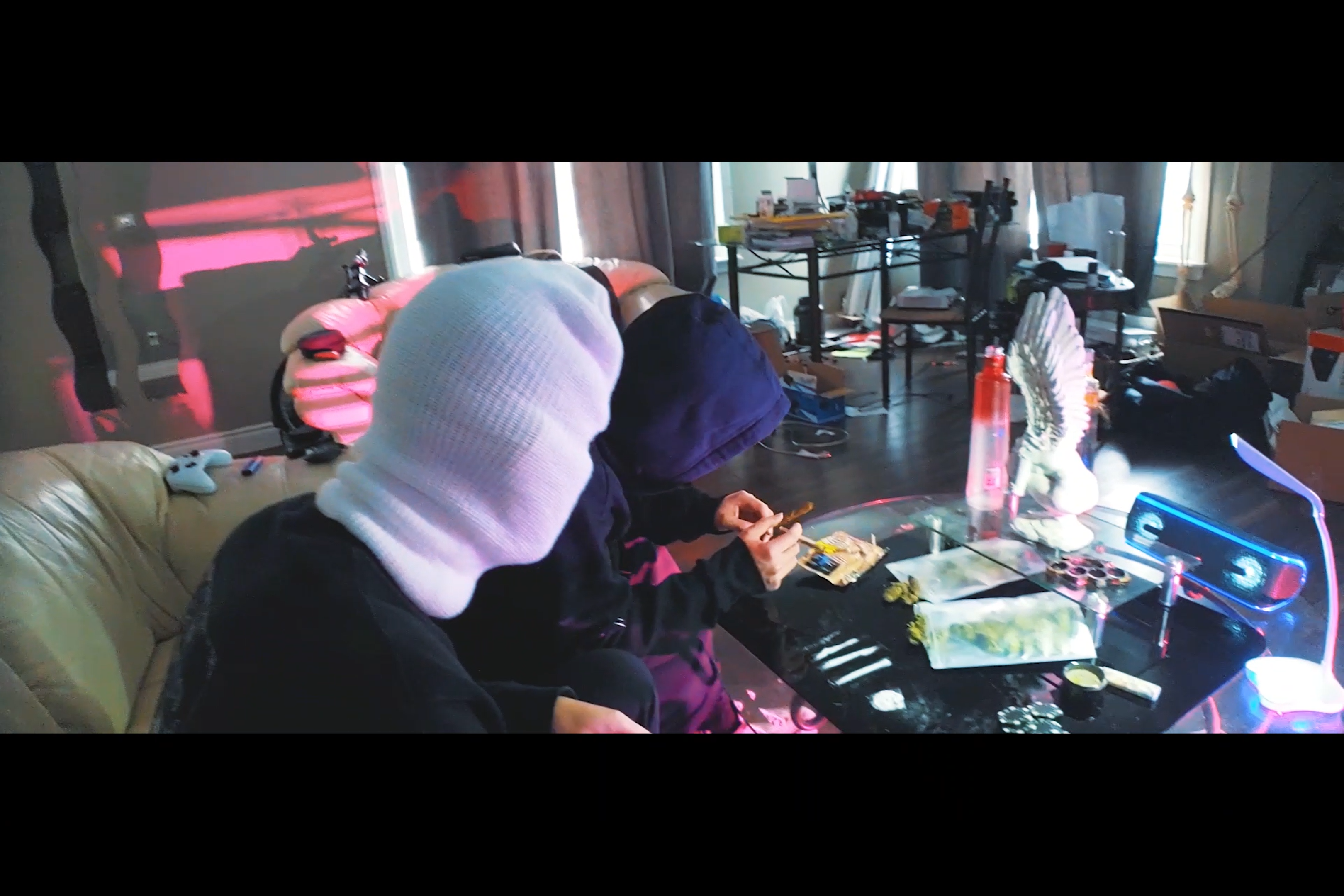

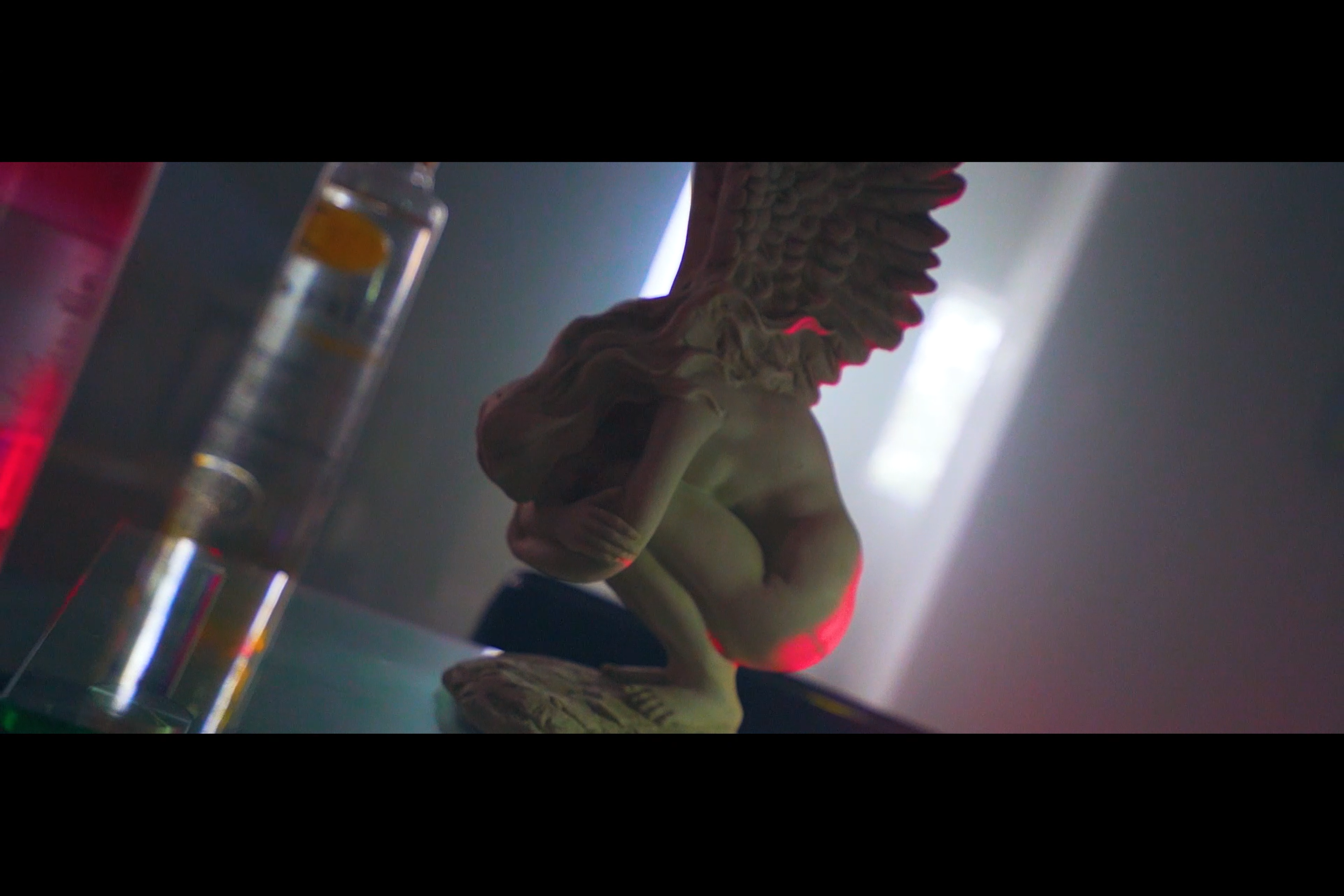
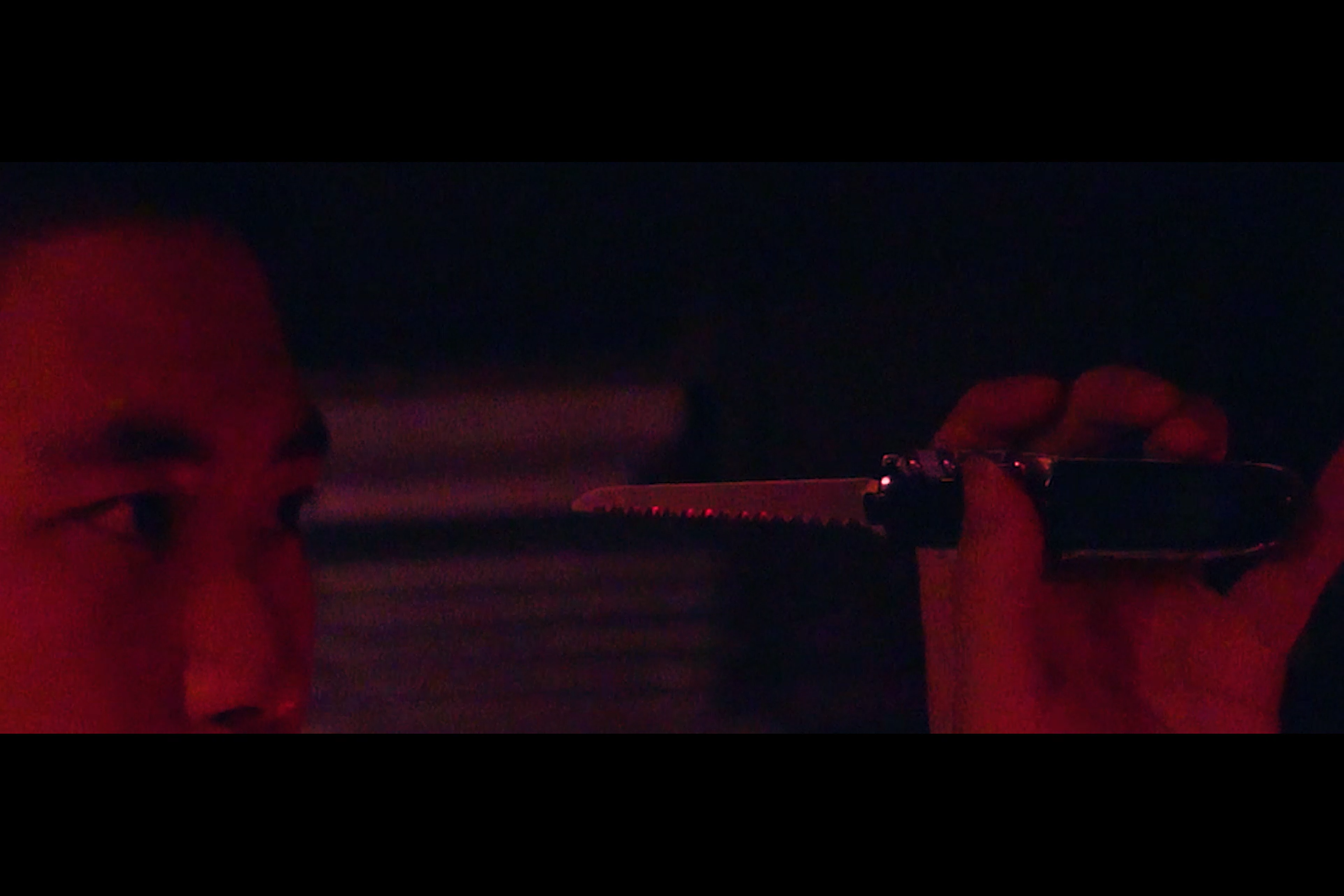



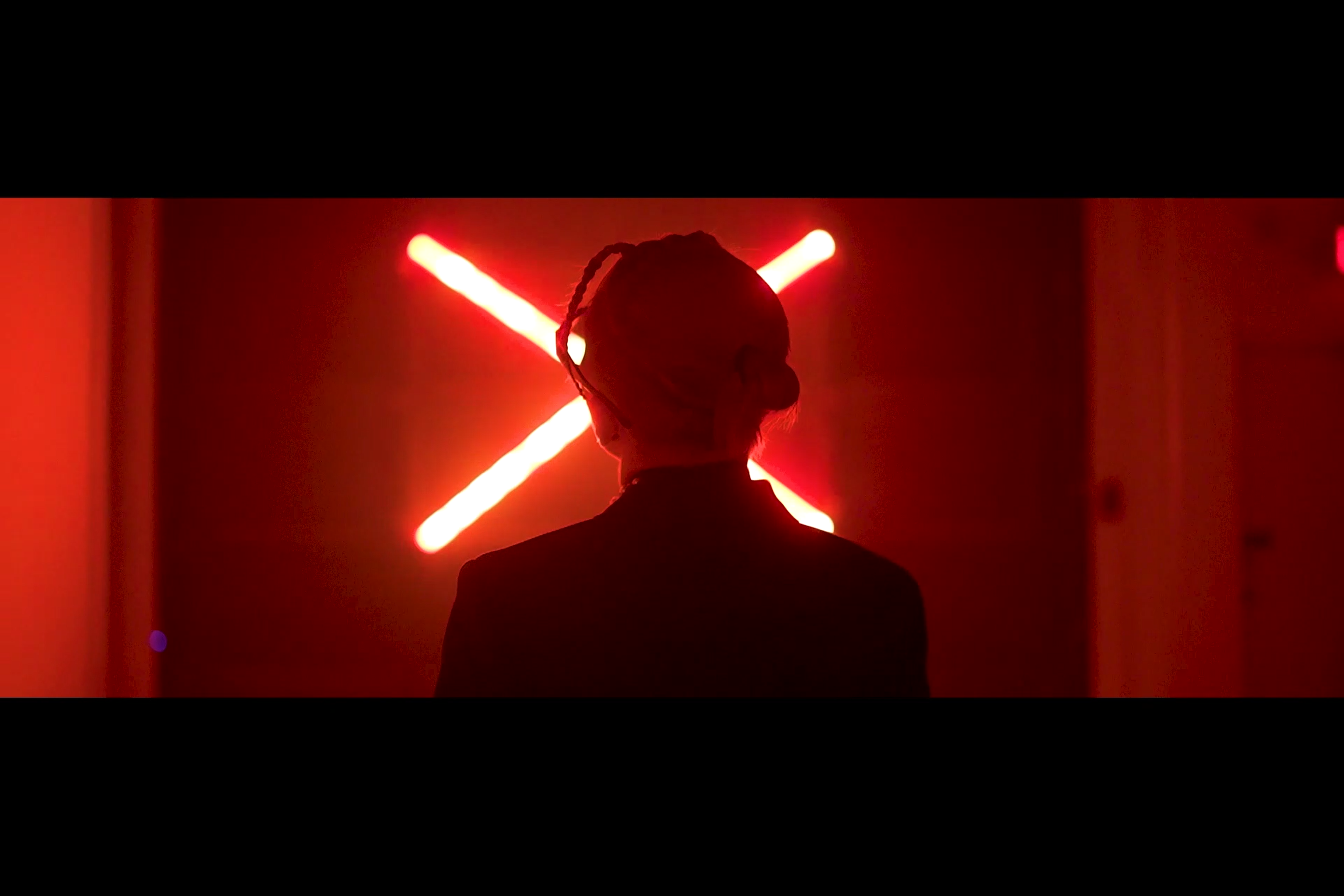
For the gesture assignment, I created a video portraying a cocaine overdose. The opening scene was recorded on my phone, and is intended to capture a casual scenario of people abusing drugs. The scene abruptly cuts to black to signify the passing of time, and the rest of the video reveals the aftermath in which the protagonist is now doing drugs alone. The video was shot in a living room with a table full of drugs in front of a couch to emphasize the character’s isolation and feeling of being trapped. I incorporated colourful lights to simulate the appearance of being in a party scene, which also implies that peer pressure has played a role in the protagonist’s drug abuse. The video draws on themes on suicide as well, and the prominent imagery of the weeping angel, ankh cross (symbol of life and spirituality), and skull are intended to symbolize the bleak mindset of a suicidal person. The scene of me moving a knife towards my eye is inspired by surrealist films, and represents the character inching closer towards death. I chose a slow, wide-angle panning shot of me sitting unconsciously at the end to emphasize the isolation of drug addiction.
For the audio aspect, I used an original piece I made for a sound project last semester. It begins with an ambient background noise and the sound of pills shaking in a bottle, which begins to introduce the drug-related sounds to the listener. More layers of sound effects are slowly added, including the sound of someone snorting cocaine. I included the sound of kids cheering to represent nostalgia through the innocence of childhood joy, which is contrasted by the ominous piano music and drug use. The character consuming all the drugs is attempting to regain a lost sense of happiness through the drugs, and the snippets of dialogue throughout the audio represent bittersweet memories. Towards the end, the heartbeat abruptly stops after the character snorts one final line of cocaine, which implies that her life is slipping away after overdosing. The sound of someone yelling “call 911” concludes the audio piece to portray the devastation that an individual’s death can cause on others. I recorded the piano music in the background, as well as several of the voices, which I then distorted in the editing process.
"NO ONE COULD HELP" is a music video directed, shot, and edited by me, featuring music by Jesse. The lyrical contents of the song describe someone in a state of despair and hopelessness, and I was intrigued to create a video that further explores this theme. This project differs from my previous music video, as it is more narrative-focused, as opposed to simply compiling a montage of different shots of the same subject. As a kid, I was always fascinated by Michael Jackson's music videos, which were groundbreaking enough at the time that he would refer to them as "short films". I explained to Jesse that this video would not be a "glorified selfie", a term I made up which refers to how music videos generally only aim to emphasize how attractive the artist is. The video was shot entirely in my bedroom and bathroom, which allowed me to carefully plan out every shot without any external factors to worry about (such as the quarantine situation). The song describes how the protagonist, Enjyng, can not seem to find the mental support he needs from his friends, family, and material items.
The video begins with Enjyng sitting alone on a bed, burning photos of himself to represent his resentment towards his own life. He then stumbles into the washroom, in which he stops to stare at himself in the mirror and contemplates his next actions. Eventually, he decides to lobotomize himself with a power drill, in hopes that he will finally achieve peace. After this apparently fails to change his mindset, he appears in the shower with blood flowing down his body. Ultimately, Enjyng decides to commit suicide and ends up drowning himself in his own blood.
"CHINA MONEY" is a satire of the current coronavirus situation, and emphasizes our lack of knowledge regarding what is really happening in China. It begins with an enthusiastic voice introducing the location in which it all began, which is China. The opening visual is sourced from a Teenage Mutant Ninja Turtles TV show, which immediately evokes a lack of seriousness. The video then abruptly transitions to a montage of footage depicting the chaos caused by COVID-19, and bold text on-screen describes how critical the situation is becoming. Another sudden transition reveals that the video is sponsored by the Chinese government, and the remainder of the video depicts a Chinese immigrant surrounded by luxury cars while singing about his drug and money-fueled lifestyle. The choice of locations and subject matter are intended to emphasize the big-budget nature of upper-class Chinese immigrants.
I was attracted to this idea due to the extreme saturation of COVID-19 coverage in the news and social media, which I find to be tiresome due to the fact that there is an abundance of misinformation constantly being spread by everyone. I also wanted to emphasize that the Chinese government should not be trusted during this situation, as they prioritize keeping a good public image over telling the truth.
As an artist, I often view films and music videos as a source of inspiration for my own projects. When watching music videos, I pay attention to the special effects used, as well as the framing and camera movement. Recently, I have become more interested in incorporating narratives into music videos, so watching films is a useful source for ideas. I find it interesting to see the ways in which cinematic narrative sequences can be incorporated into different music videos. The aspect of films and music videos that I pay most attention to is the colour grading, which is usually the most interesting part of editing for me. In terms of colour grading, filmmakers that I am a particular fan of include Nicholas Winding Refn and Kanye West, who often use vibrant and high-contrast colour palettes. As a fan of many things horror-related, I enjoy seeing practical techniques used for gore effects in films, especially in the gratuitous fashion of Roger Corman B-movies from the 80s. I am also fascinated by innovative uses of low-budget technology in film, such as the Steven Soderbergh film Unsane which was shot entirely on an iPhone. I also find that my consumption of films and their associated posters and artwork often plays an important role in other artistic practices, such as painting and creative writing.
When looking for inspiration outside of the norm, I enjoy researching experimental films and surrealist cinema. Films such as Luis Buñuel and Salvador Dalí’s "Un Chien Andalou" and many of Alfred Hitchcock’s films, such as "Vertigo", frequently explored Freudian themes of humans’ unconscious thoughts and behaviours. While reading about Buñuel and Dalí’s process of writing the film, I was surprised to find that its conceptualization came from a casual conversation between the two, in which they each vividly described a dream that they recently had. These descriptions of their dreams were written directly into the script, which resulted in a scene in which a strange cloud appears on screen and transitions into a bizarre close-up shot of an animal’s eye oozing liquid while being sliced by a blade. Buñuel states that he and Dalí agreed that the only constraint for writing the script would be that “no idea or image that might lend itself to a rational explanation of any kind would be accepted”. I was fascinated by how their seemingly illogical writing process resulted in a film that was simultaneously unique, thought-provoking, and visually interesting.
“Sharing a Beautiful Sunset” is a video piece created by Jasper Elings from 2009, which combines hundreds of photos of sunsets sourced from Google Images to portray the image of a single sunset. In the video, the sun slowly sets towards the horizon, where each individual frame is a unique photo taken by a different person. This invokes the idea of many people collectively viewing the same event from their own perspective, while emphasizing the universally appreciated act of admiring the sun. An ominous droning sound plays in the background during the brief video, which stays largely stagnant and focuses the viewer’s attention on the bright sun that constantly stays centered in the frame.
“Very Nice, Very Nice” is a short film by Canadian artist Arther Lipsett, which compiles footage and audio he found on the cutting room floor to produce a montage of scenes of everyday life, while the audio incorporates obscure vocal samples of dialogue such as “what is the meaning of life?” and “very nice, very nice.” The images largely consist of portraits of people making uncomfortable faces or in the act of doing something, unlike what would typically be seen in a professional photograph. The unpolished nature of the film, sourced entirely from leftover materials, evokes a sense of familiarity, and highlights the anxieties we face in our day-to-day lives. The film was widely acclaimed, and was nominated for the Academy Award for Best Live Action Short Film in 1962.
Ryan Park’s “Total Recall” is a short film that compiles a montage of images sourced from Google Images, but unlike Jasper Elings’ “Sharing a Beautiful Sunset”, the images have not been predetermined. Instead, a photo from Google Images is automatically displayed for a tenth of a second, with each search term being a different numerical date. The search terms correspond to each day that has passed since the artist had been alive, making the film serve as an autobiography of sorts. The contents of this film are left largely up to change, as the images are compiled in real-time from Google Images through a computer program, resulting in slight variations every time it is played.